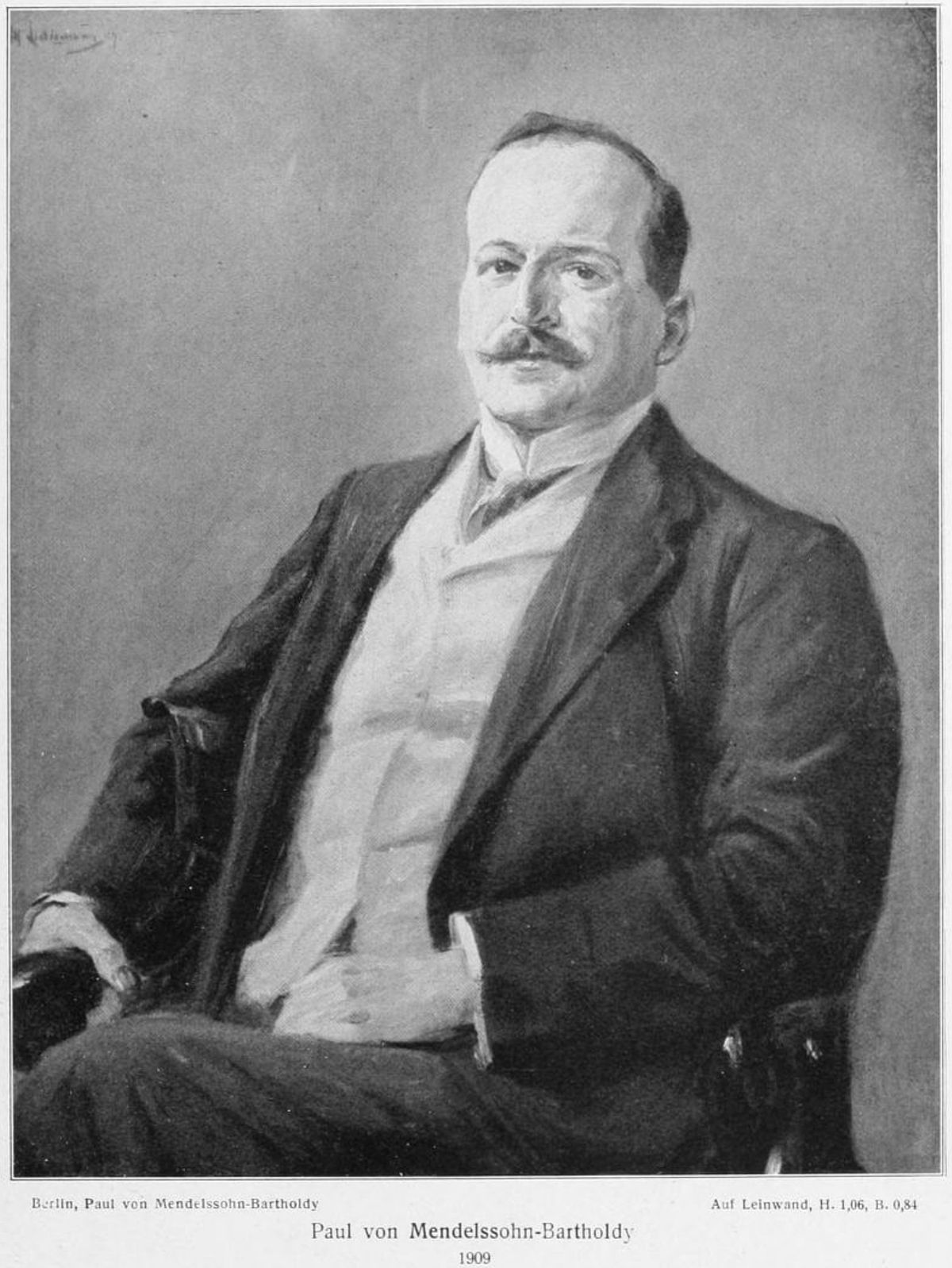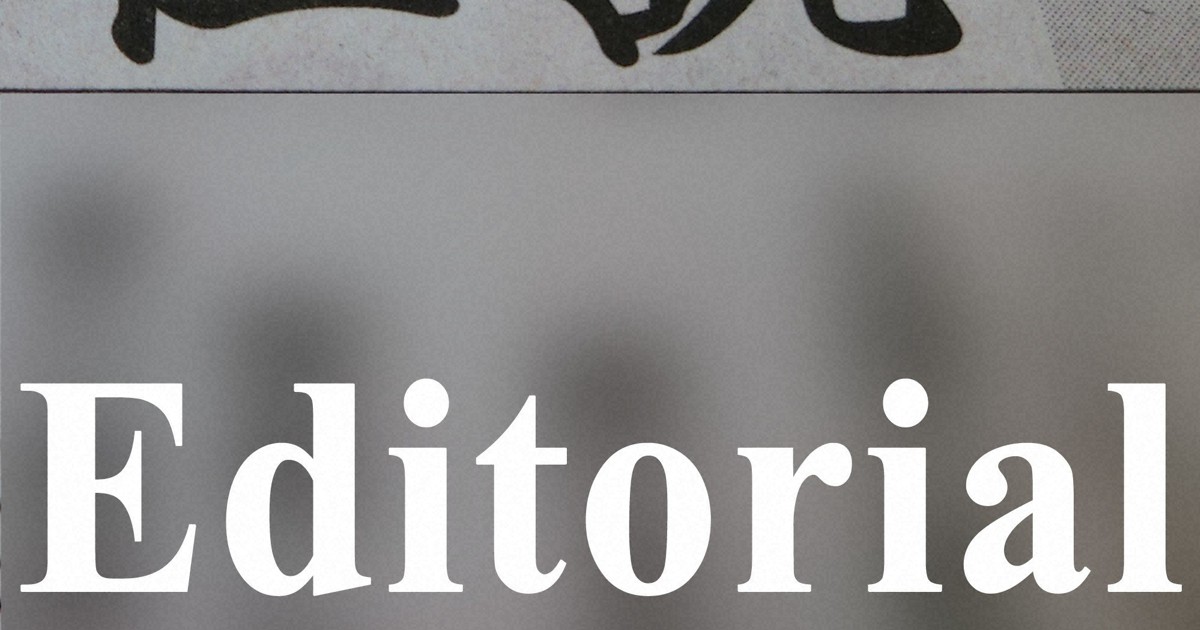ThomasP
Chief Master Sergeant
re "Japanse"
The Dutch use the word 'Japanse' in the same way that English speaking peoples use 'Japanesque', ie to indicate something as being particularly representative of, from or belonging to Japanese culture, such as art or mannerisms. It is an old usage dating from the 1600s at least, but is still in common use in the Netherlands when referring to cultural aspects. This is as opposed to when referring to an actual person or the person's nationality when the word Japanese is usually used.
The Dutch use the word 'Japanse' in the same way that English speaking peoples use 'Japanesque', ie to indicate something as being particularly representative of, from or belonging to Japanese culture, such as art or mannerisms. It is an old usage dating from the 1600s at least, but is still in common use in the Netherlands when referring to cultural aspects. This is as opposed to when referring to an actual person or the person's nationality when the word Japanese is usually used.




